Changes in initial military training invigorated a crowd of several hundred senior non-commissioned officers at the Sergeant Major of the Army's Noncommissioned Officer Professional Development Forum 26 Oct. during the Association of the United States Army's National Meeting in Washington, D.C.
Updates to combatives, physical readiness training, first-aid, rifle marksmanship, Soldier Athlete initiative, technology, values, culture, and resiliency training were all addressed by the 2010 Drill Sergeants of the Year, Staff Sgt. Timothy Sarvis and Staff Sgt. Melissa Solomon.
"We have 10 weeks to turn a civilian into a Soldier ready for your units; it's challenging. But we're doing it better than we ever have before," said Command Sergeant Major John Calpena, IMT command sergeant major, opening the forum.
Calpena stressed the cornerstone of basic training starts with understanding the young civilians entering our force.
"What these changes in BCT do is take a civilian who willing to serve their country during a time of persistent conflict, who is technologically proficient, and who learns quickly, and turning them into a thinking warrior skilled in soldiering fundamentals."
The presentation followed with videos and demonstrations of new training techniques now standard across basic combat training posts.
"This is the Soldier you are getting in the operational force. This is how we, as drill sergeants, are training them in BCT," said Solomon.
Drill sergeant teams from the Physical Fitness School at Fort Jackson, S.C. and Maneuver Center of Excellence from Fort Benning, Ga. provided hands-on demonstrations to further highlight the new additions and show how changes were made based off of lessons learned.
"Combatives now has additional hours where Soldiers learn how to engage an enemy in hand-to-hand combat while standing-up, in full kit and with their weapon," said Solomon. "It is now taught this way because this is how it would happen while deployed."
The new physical readiness training manual, Training Circular 3-22.20, which replaced Field Manual 21-20 in both training and operational units this past summer, inspired numerous questions and affirmations of support from the audience's NCOs.
Several NCO's from the audience, who had tried the PRT themselves, confirmed the new training circular was not only a tougher workout, but a better way to improve overall fitness without injuries and ultimately perform better on the Army Physical Fitness Test.
"The new physical readiness training is scientifically proven to increase agility, balance, coordination, flexibility, posture, stability, speed and power," said Sarvis. "It also has already
increased PT scores across training posts."
Demonstrations for rifle marksmanship led to discussions on safety and confidence of young Soldiers.
"Letting them have full responsibility for their weapon, not their drill sergeant, and allowing them to fire [without kit] during basic rifle marksmanship, increases confidence on the training range and better prepares them for the challenges of the operational environment," said Solomon.
Additionally, the drill sergeants covered technological advances to aide in learning. Culture and values training are both interactive, scenario-based training videos facilitated by the drill sergeant. Connecting Soldiers to Digital Applications has also allowed for the testing of smart-phones and iPads in IMT.
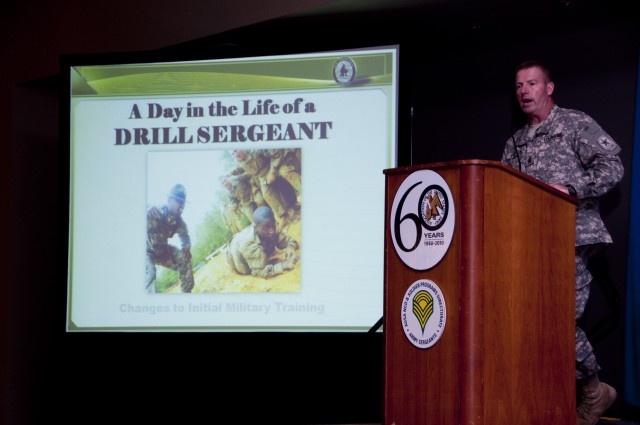

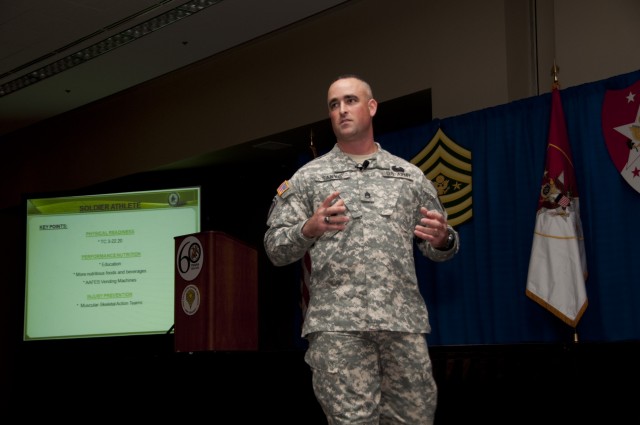
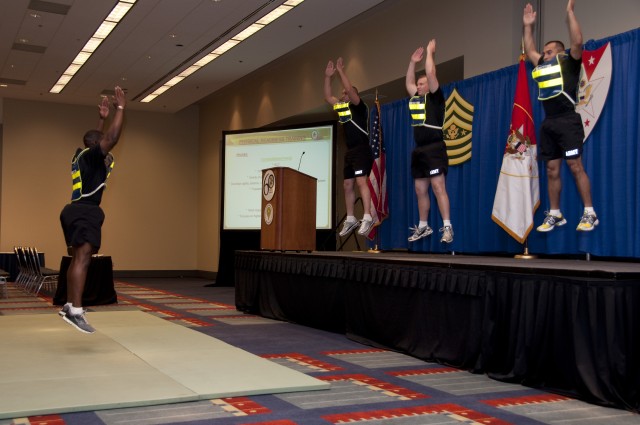

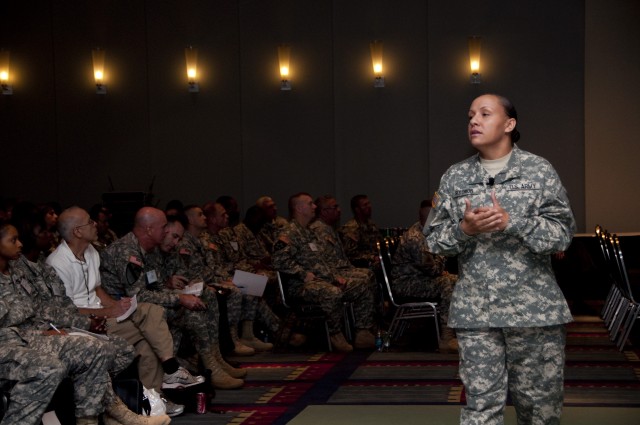

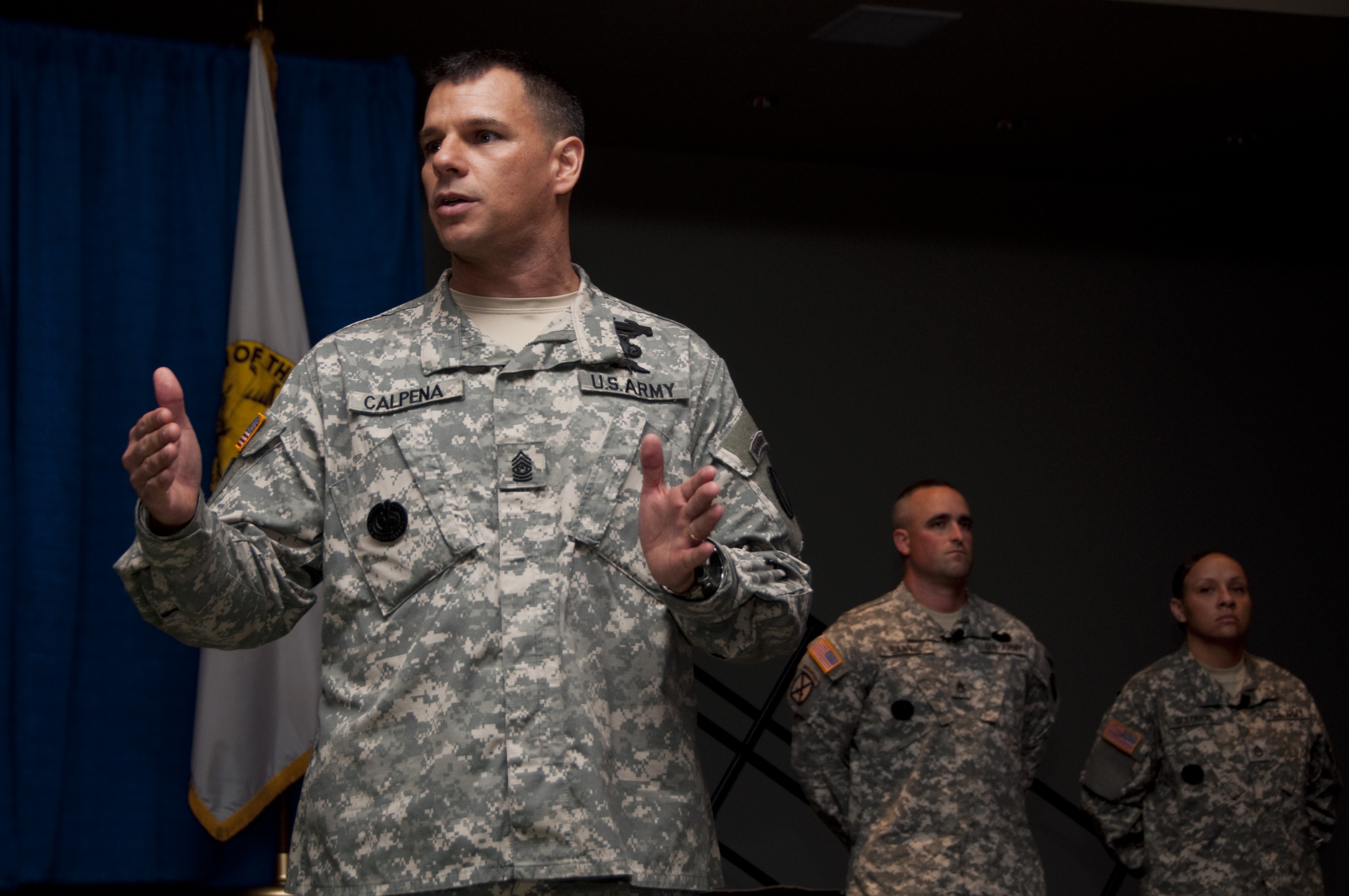
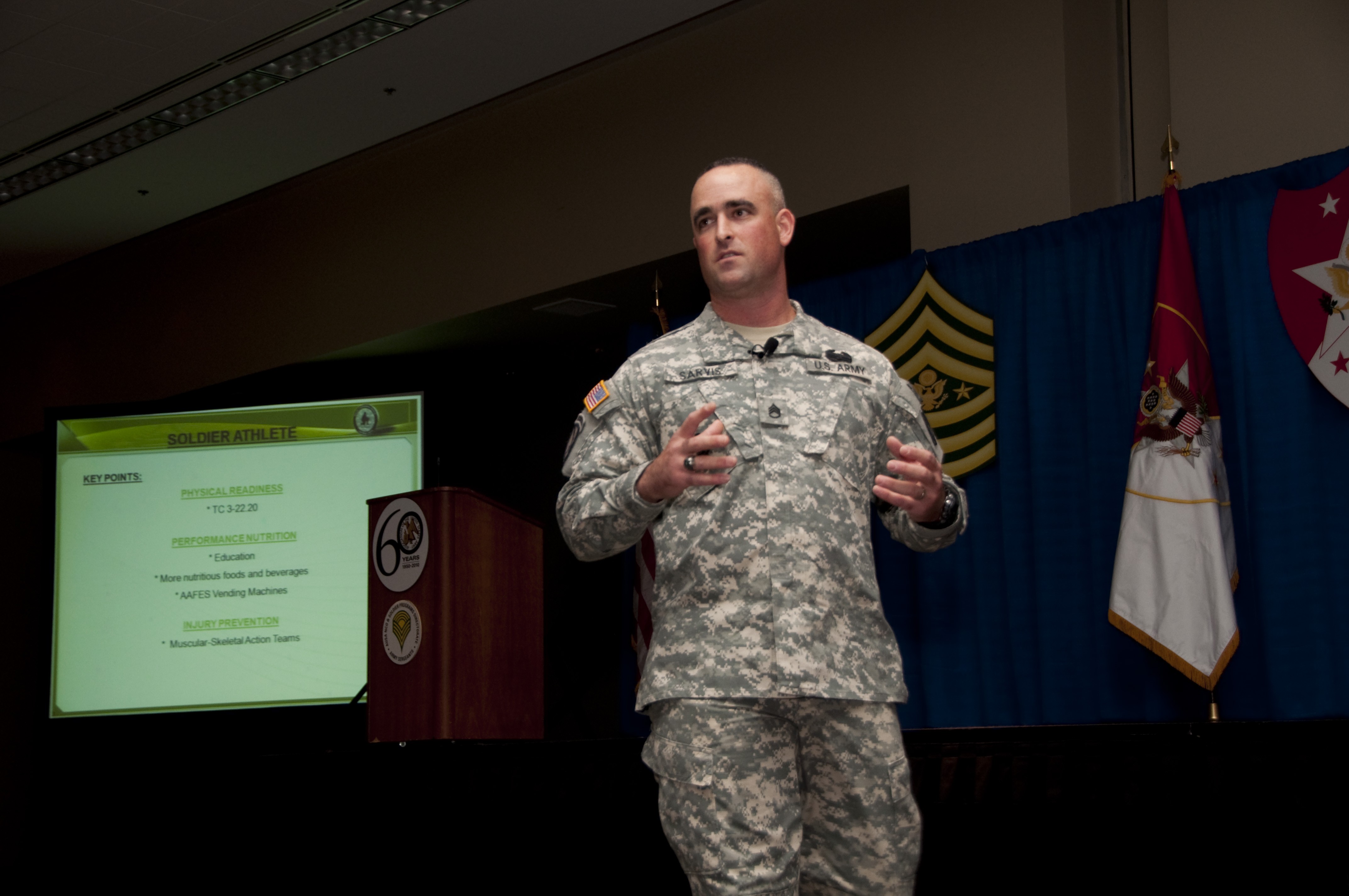

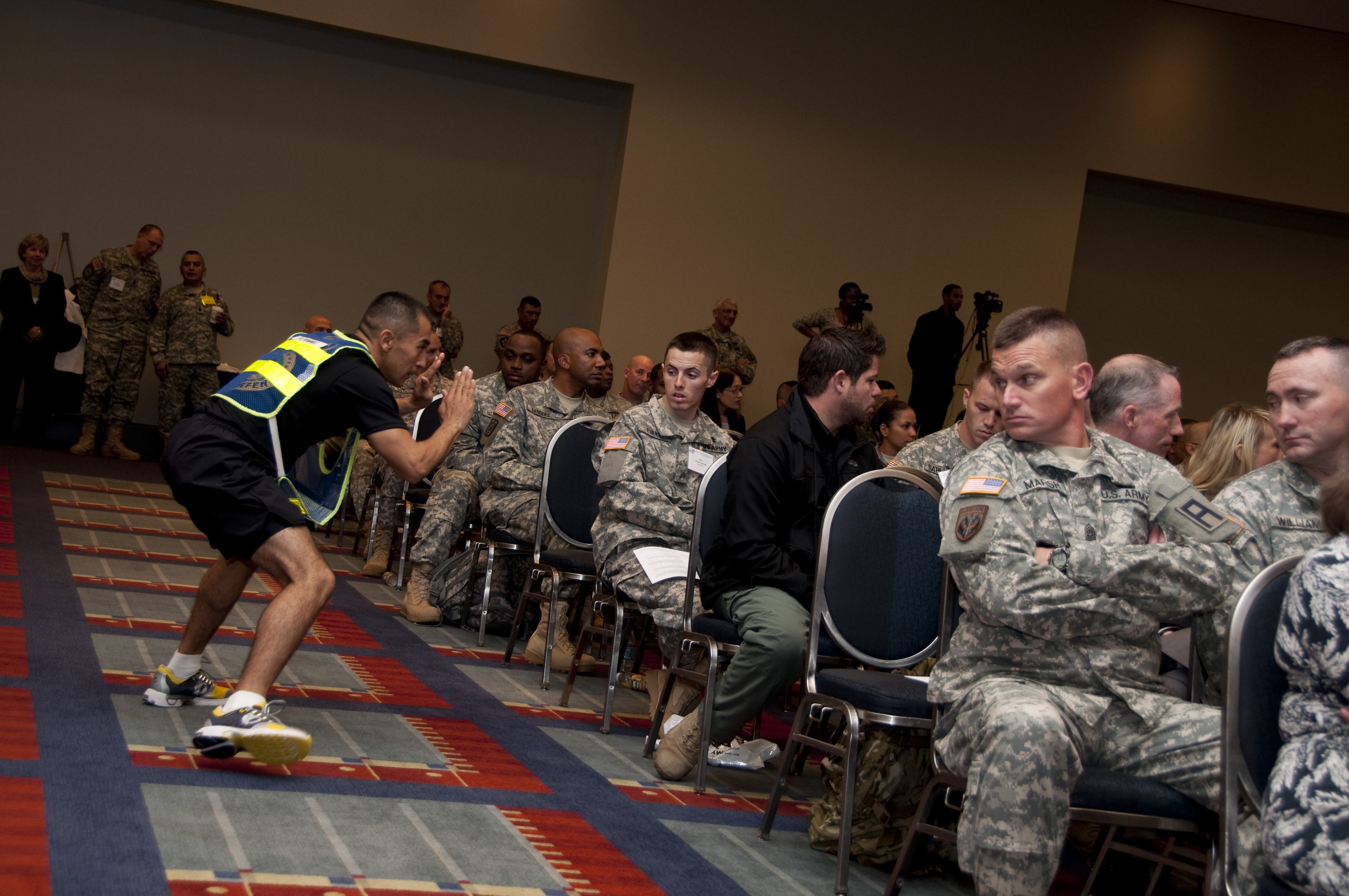
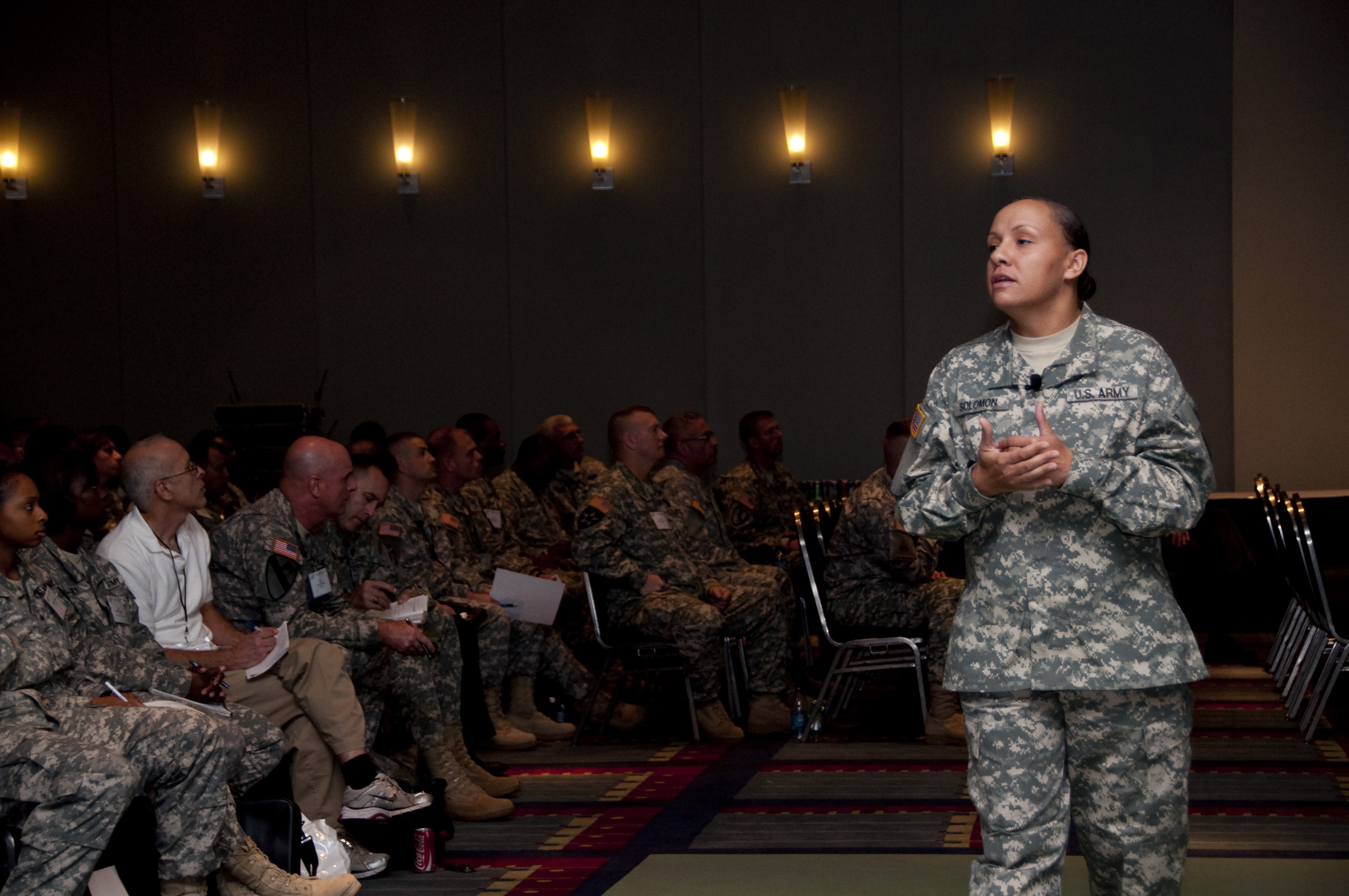
Social Sharing